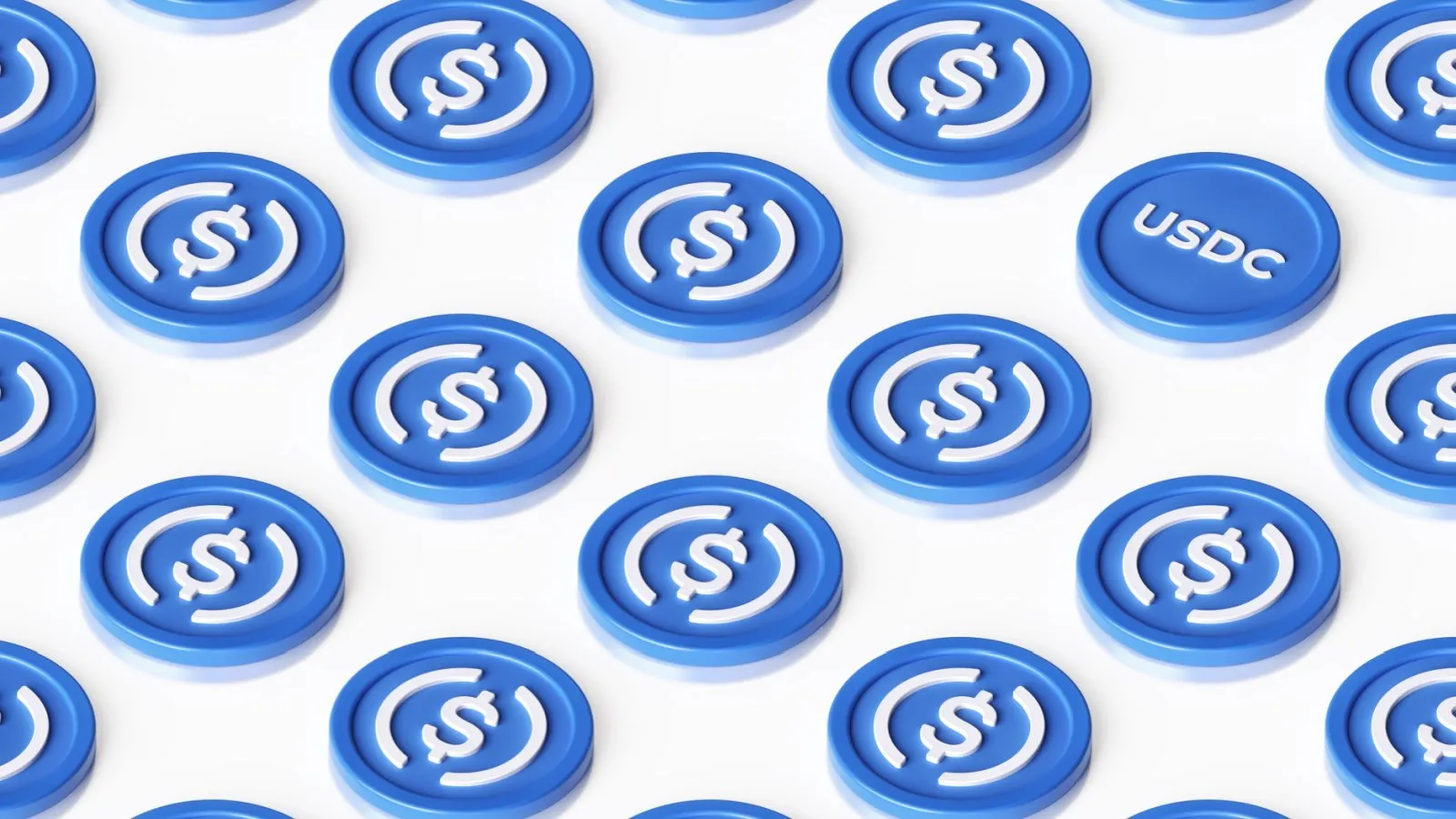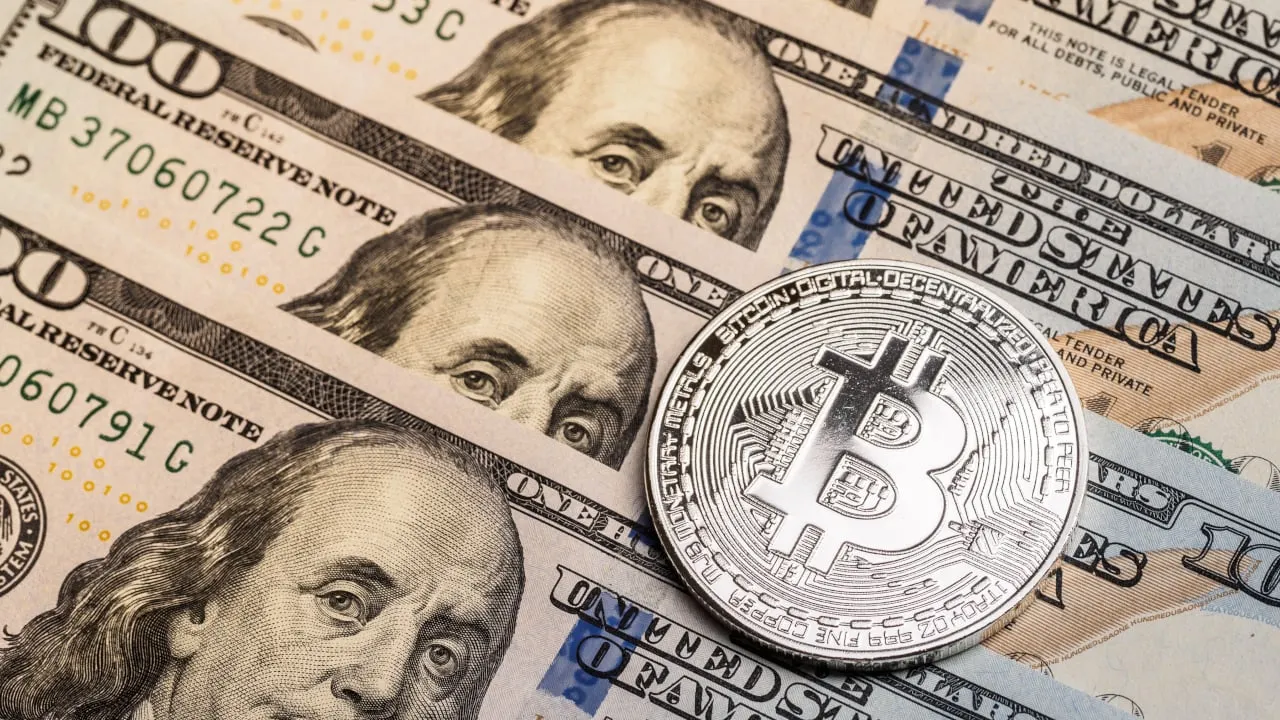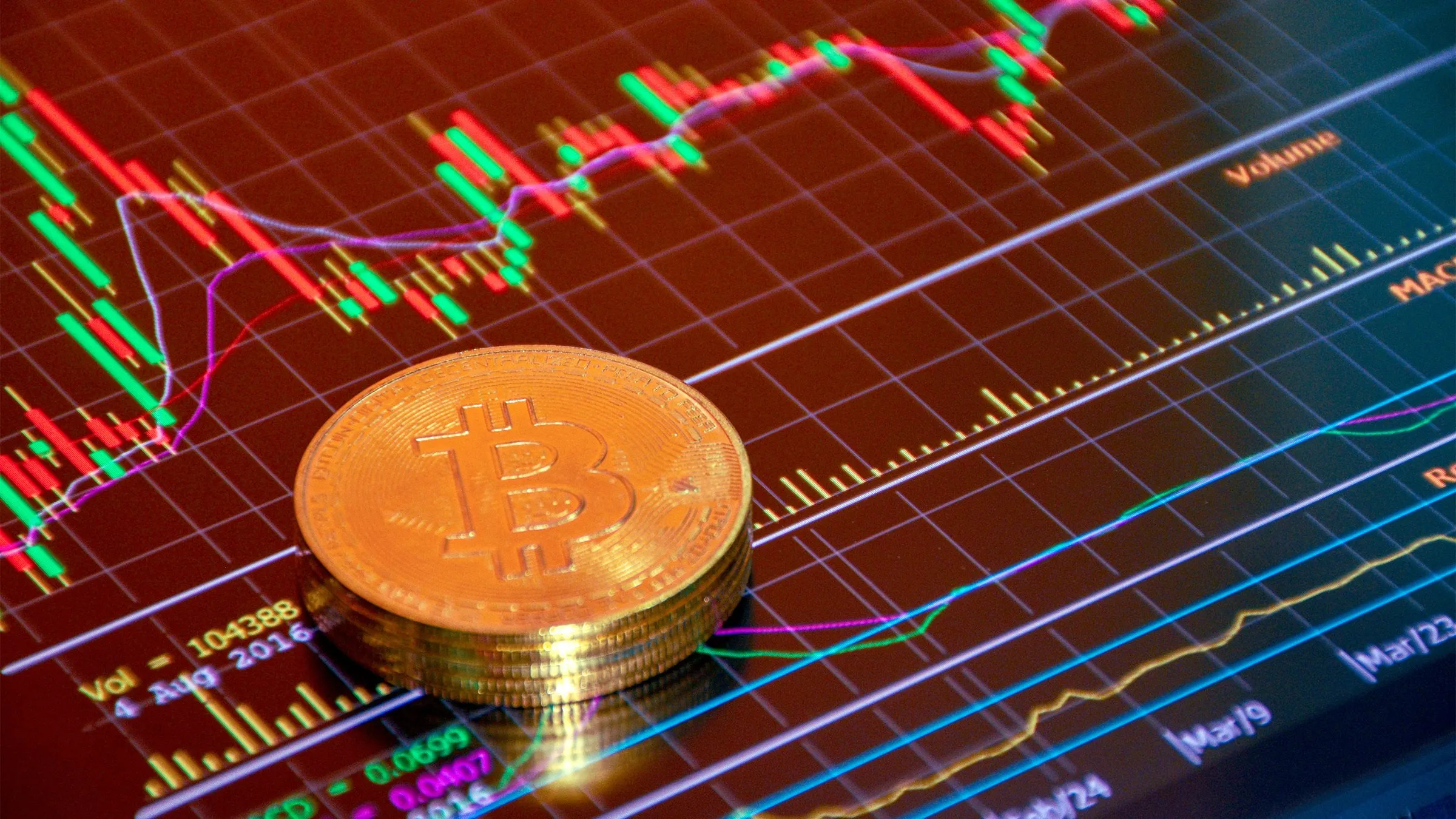The world’s leading cryptocurrency exchange Binance partnered with U.S.-based stablecoin issuer Circle to accelerate the adoption of the USDC stablecoin.
The two companies announced their collaboration at the Abu Dhabi Finance Week on Dec. 11, and said they hope to “support the development of the global digital assets and broader financial services ecosystem.”
The crypto exchange plans to extend the availability of USDC on its platform for trading, saving, and payments applications.
Binance and Circle have not answered Decrypt’s request for comment at press time.
Furthermore, Binance will adopt USDC as the primary stablecoin in its treasury—an action described in the announcement as “a powerful signal about the world moving on-chain.” Circle, on the other hand, will provide Binance with the technology and liquidity necessary to improve its services.
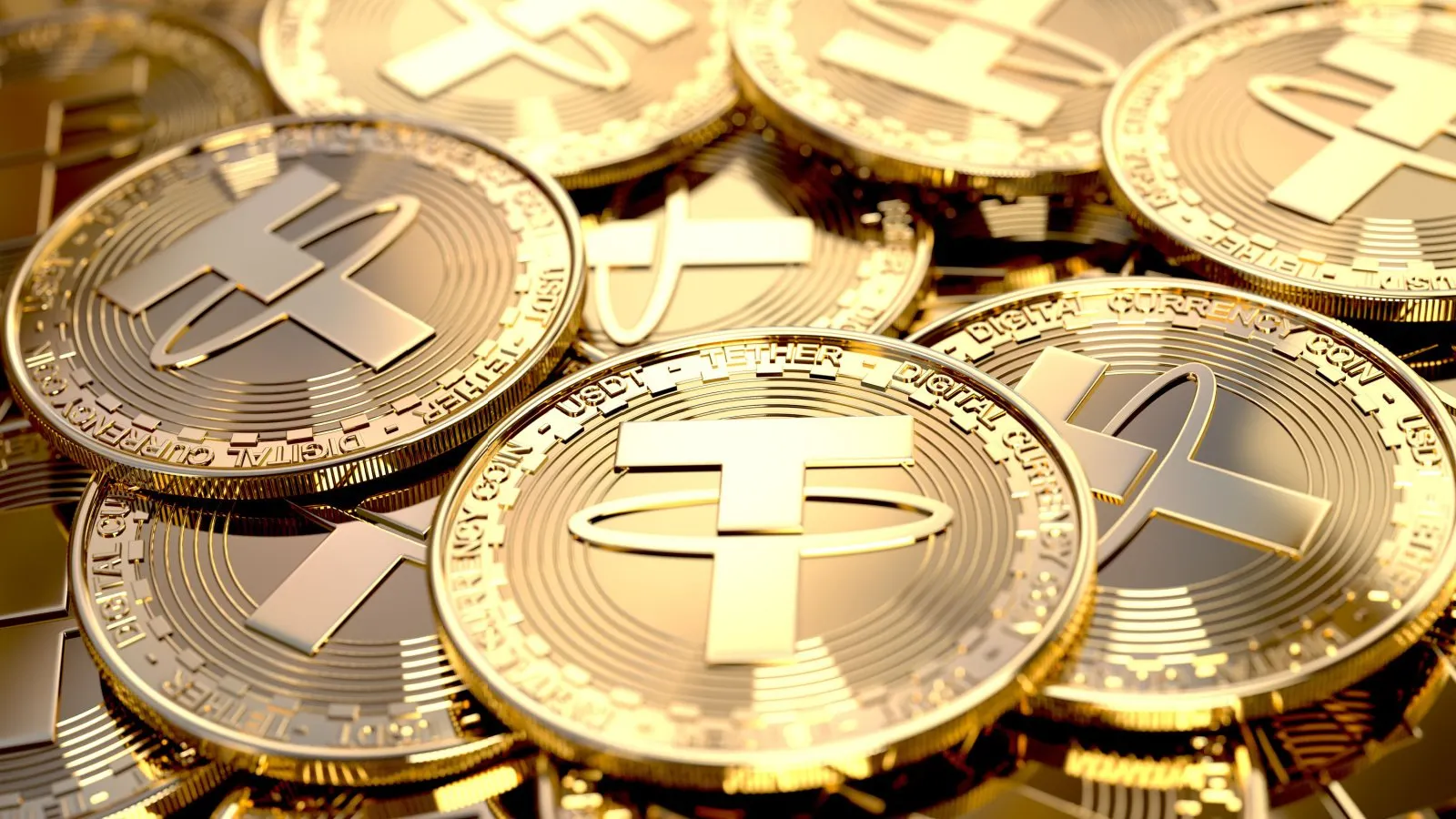
Tether Stops Minting Euro-Backed Stablecoin, Citing Hostile Regulators
Stablecoin giant Tether has announced it will stop minting euro-backed tokens, citing regulatory hurdles in Europe. The crypto company said Wednesday that it has stopped minting Euro Tether (EURT) and that those holding the token have until November 25, 2025 to redeem them. EURT has very small trading volume: a little over $2 million worth of tokens traded hands in the past day, according to CoinGecko. Compare that to Tether’s dollar equivalent, USDT, which is the most traded cryptocurrency wit...
The announcement follows leading stablecoin Tether stopping minting its euro-backed stablecoin, EURT, due to EU regulatory pressure in November.
According to a September consumer protection group Consumers’ Research report, Tether’s world-leading dollar-backed stablecoin USDT is caracterized by a lack of transparency around stablecoin issuer Tether’s U.S. dollar reserves.
USDT is “disaster for consumers waiting to happen,” according to the organization, mainly due to Tether’s lack of a full audit from a reputable accounting firm of the dollar reserves. With the European Union adopting its Markets in Crypto-Assets Regulation (MiCA) framework, Binance and other exchanges may find themselves forced to delist Tether’s stablecoins.
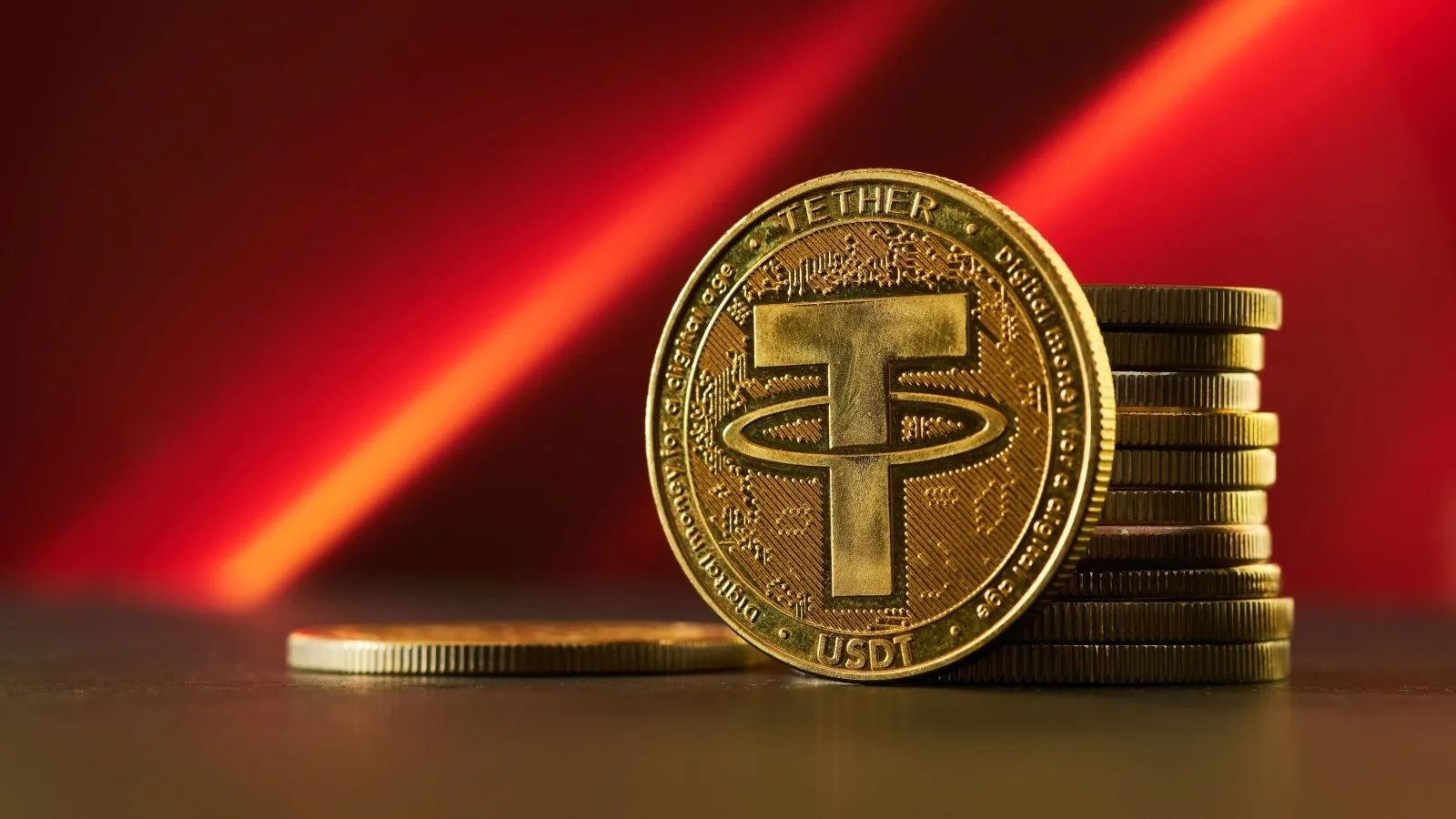
Consumer Watchdog Calls Tether a 'Disaster for Consumers Waiting to Happen'
Consumer protection group Consumers' Research released a report criticizing the lack of transparency around stablecoin issuer Tether’s U.S. dollar reserves and calling it a “disaster for consumers waiting to happen.” The report claims the main issue is Tether's lack of a full audit from a reputable accounting firm of the dollar reserves backing USDT, its 1:1 U.S. dollar stablecoin. In response to a request from Decrypt, Tether would not provide a statement, but pushed back on the watchdog report...
Circle, on the other hand, secured a MiCA-valid license this summer—offering Binance access to a stablecoin that may end up critically important in serving the EU market. The exchange does have a history with its own stablecoin. In 2023, it was forced to phase out its Binance USD (BUSD) stablecoin last year due to regulatory pressure.
Binance’s stablecoin partner for BUSD issuance, Paxos, had been investigated by the U.S. Securities and Exchange Commission (SEC) over the project. While no enforcement action was taken by the SEC, the issuer was ordered to stop minting BUSD by the New York Department of Financial Services.
Gitay Shafran, founder of decentralized finance ecosystem behind the FUSD stablecoin TheFedz, told Decrypt that "the stablecoin market is headed in a troubling direction, and Binance’s decision to move from supporting its own ecosystem for Circle’s USDC is a glaring example of why." He raised issue with crypto firms "playing nice with regulators at the expense of decentralization."
"Binance seems more interested in saving its own skin than standing for the open values that built the crypto community. And Circle? They’re not just complying with regulations. They’re using them as a weapon to crush competition and entrench their dominance," he claimed. "I believe Circle’s strategy with USDC is about building walls, not bridges," he concluded.
Shafran believes that "as users, we need to actively support other stablecoin options and push protocols to integrate and promote a broader range of choices." He believes that users should experiment with decentralized options and back projects that innovate and compete with major players, protocols "have a responsibility to avoid centralizing liquidity around a single issuer."
Editor's note: Story updated to add comment from Gitay Shafran
Edited by Stacy Elliott.

